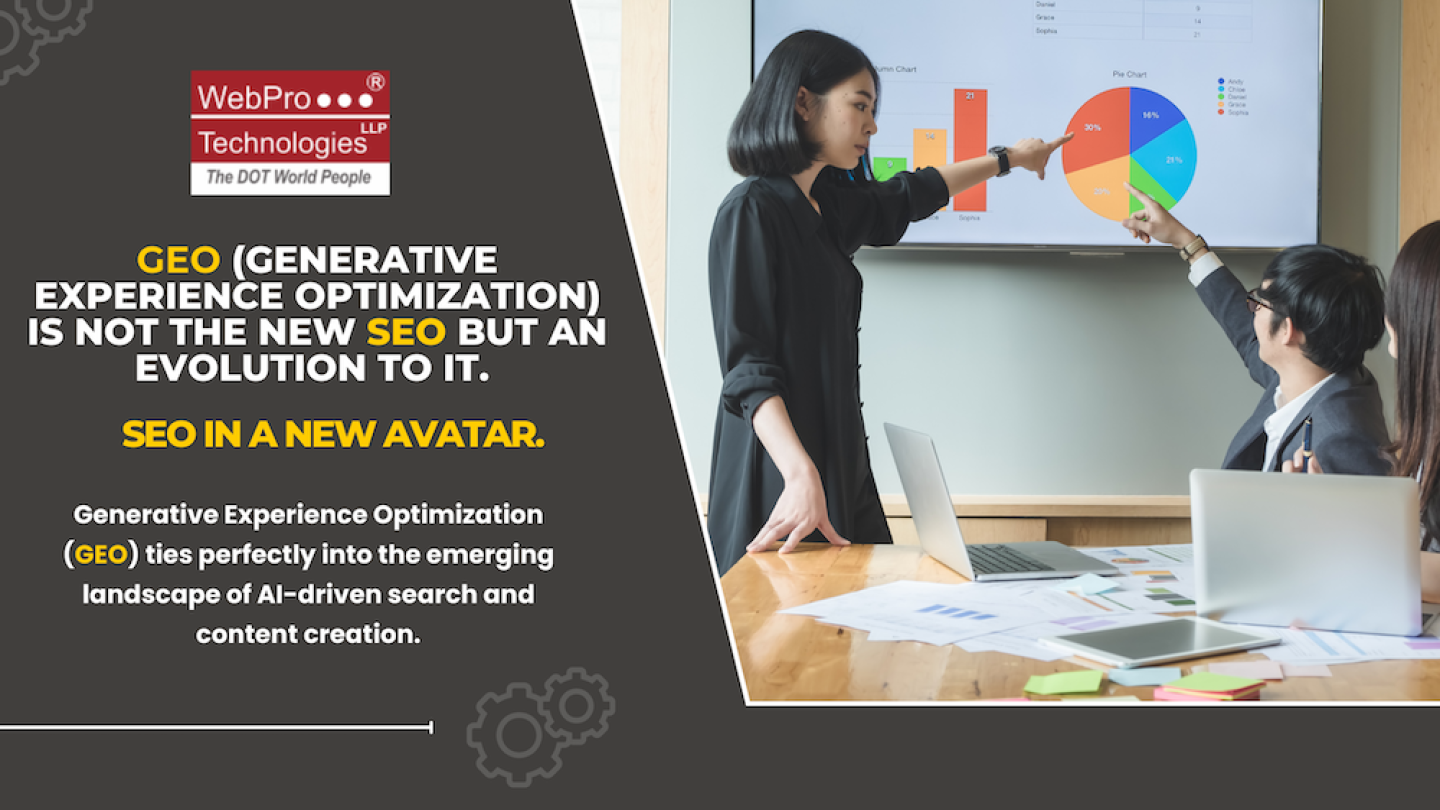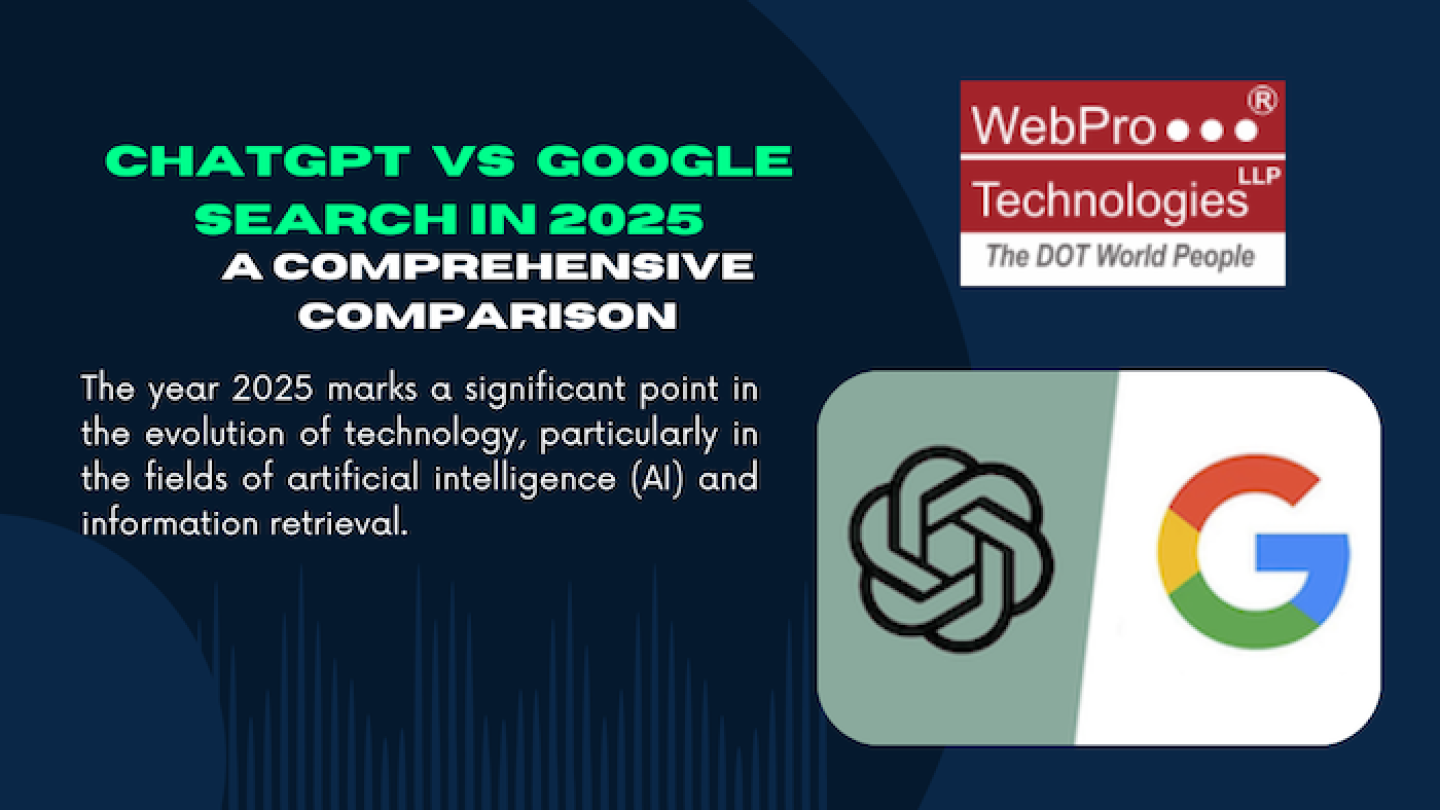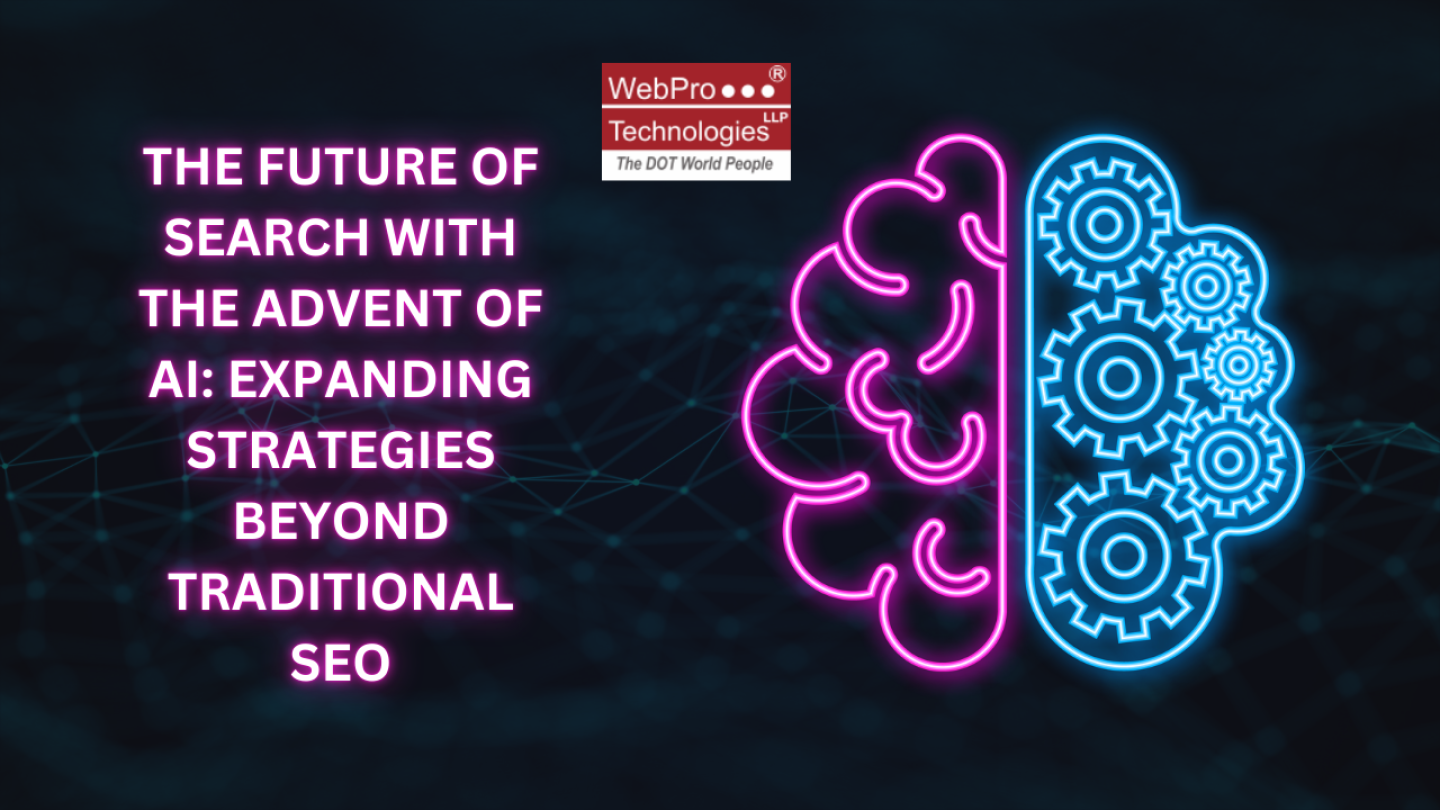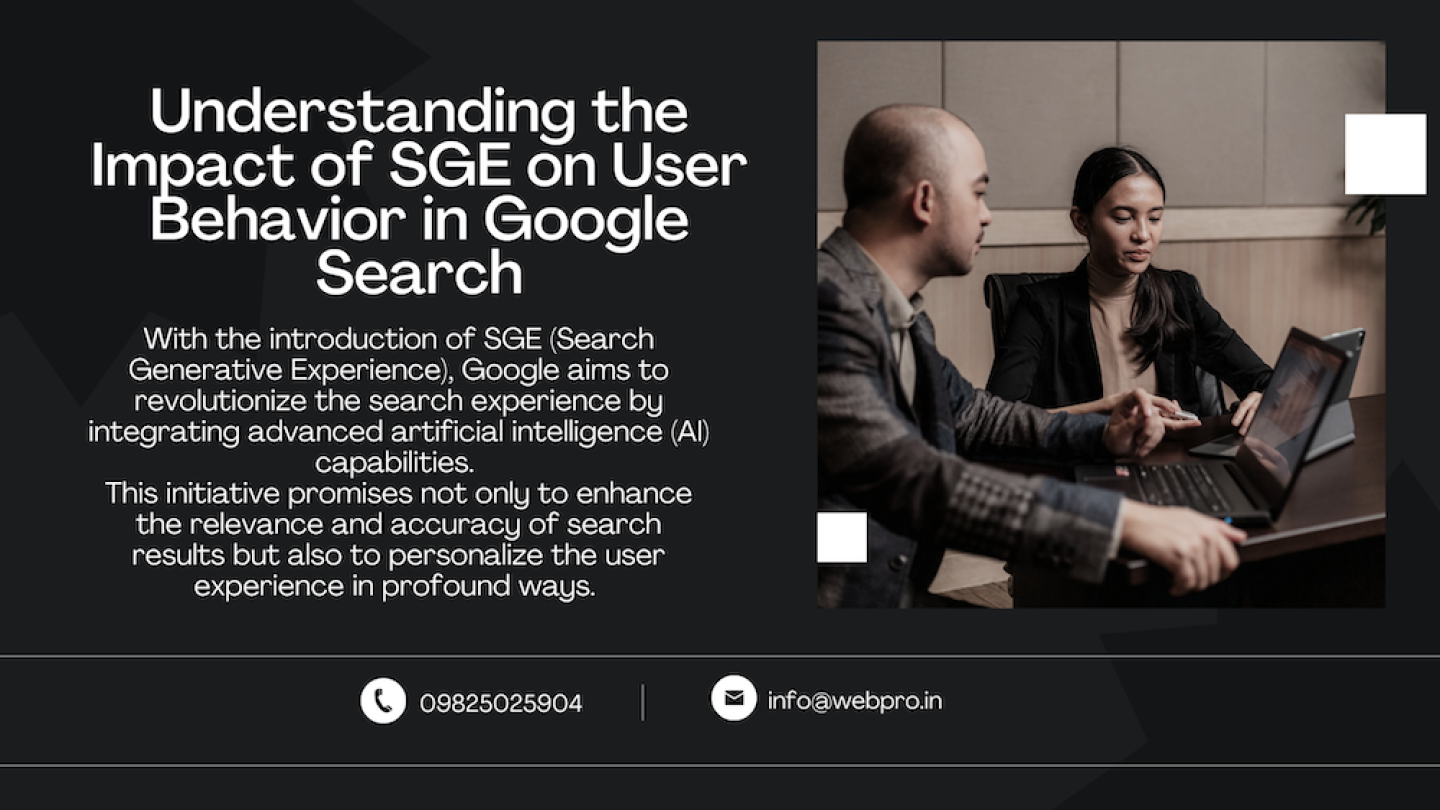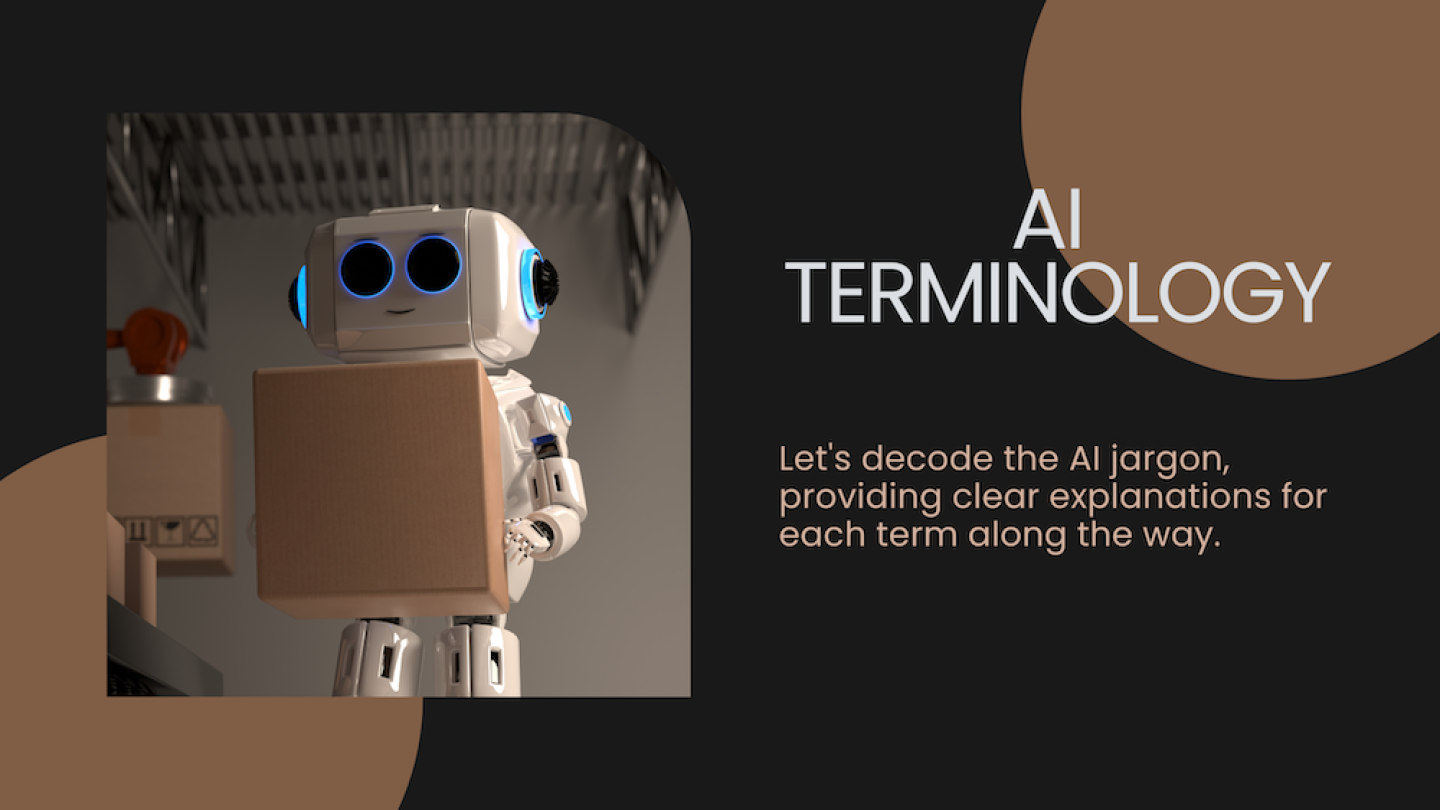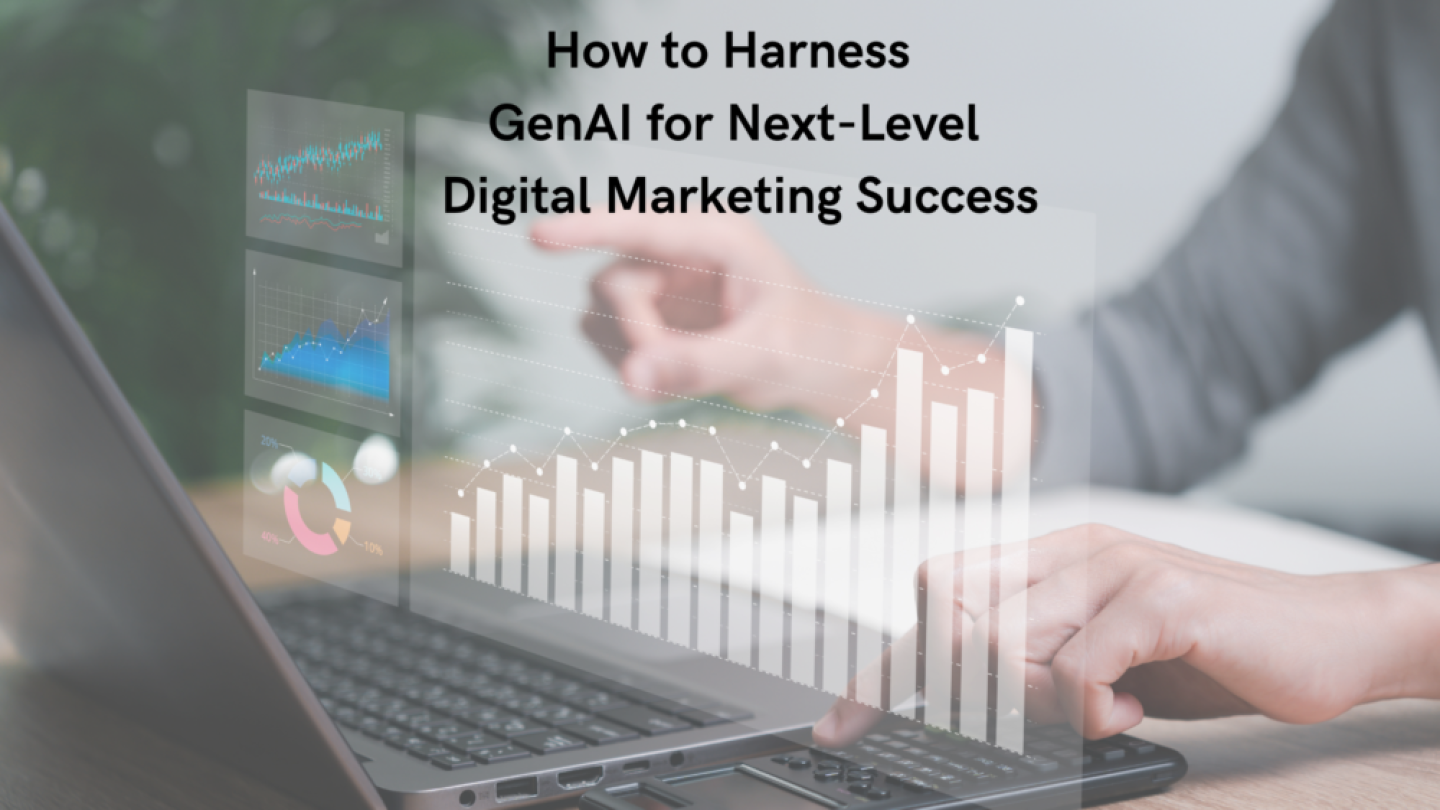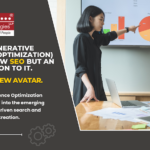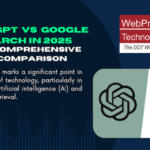Generative tools like ChatGPT, DALL-E, and others represent the new era of information retrieval and user engagement. Generative Experience Optimization (GEO) ties perfectly into the emerging landscape of AI-driven search and content creation.
What Is GEO?
Generative Experience Optimization (GEO) focuses on designing content that serves a dual purpose: captivating human audiences with compelling, relevant, and valuable material while simultaneously optimizing it for seamless integration with AI-driven search engines.
This approach ensures that content is not only engaging for readers but also tailored to meet the evolving demands of generative AI systems, enabling better visibility, contextual relevance, and personalized experiences.
What is the difference between GEO and SEO?
GEO vs. SEO
- SEO (Search Engine Optimization):
Focuses on optimizing websites, content, and digital assets for search engine visibility.
Relies on keywords, backlinks, technical structure, and user intent as the backbone.
Goals: Improve rankings, drive organic traffic, and answer search queries effectively.
- GEO (Generative Experience Optimization):
Focuses on creating AI-enhanced, personalized experiences for users.
Leverages generative AI tools to provide dynamic, contextually rich, and interactive content.
Goals: Optimize user engagement, improve content personalization, and adapt in real time to user behaviors or preferences.
Key Features of GEO
- Dynamic Content Creation:
Using generative AI to create real-time, personalized responses or experiences based on user interactions.
Example: Personalized landing pages generated dynamically for each user based on their preferences or history.
- Experience-Centric Optimization:
Moves beyond static keywords and metadata to focus on delivering immersive, conversational, or interactive experiences.
Example: Websites where AI chat assistants generate contextual responses that help users navigate or discover content in innovative ways.
- Context and Intent Over Keywords:
With generative AI, intent and contextual understanding take precedence over exact-match keywords.
Example: Instead of optimizing for “how to bake a cake,” GEO would focus on generating step-by-step guides, interactive videos, or real-time Q&A sessions based on user questions.
How GEO Aligns With SEO
Rather than replacing SEO, GEO enhances it:
- Enhanced SERPs (Generative AI in Search):
Search engines like Google and Bing are integrating generative AI to deliver interactive and conversational search results.
GEO ensures that businesses adapt their strategies to appear prominently in AI-driven experiences like Google AI Overviews or Bing Chat.
- Content Creation Revolution:
SEO principles (keywords, intent, structure) guide how content is created, but GEO ensures the delivery is personalized, conversational, and dynamic.
Example: AI that generates tailored product descriptions based on user preferences.
- Multimodal Optimization:
With tools like DALL-E and ChatGPT, GEO integrates text, image, and video generation into a seamless experience.
Example: An e-commerce store using generative AI to create both textual and visual descriptions of products on the fly.
Challenges and Opportunities
Challenges:
- Ethical Concerns: Avoiding manipulative personalization.
- Technical Expertise: Balancing AI with traditional optimization.
- Search Engine Evolution: Ensuring GEO strategies align with ongoing search algorithm changes.
Opportunities:
- Better Conversion Rates: Personalized content increases engagement.
- Immersive User Journeys: Generative tools create unique, memorable interactions.
- Early Adoption Advantage: GEO pioneers can lead in AI-driven search landscapes.
The Future of GEO and SEO
GEO isn’t just the new SEO—it’s the next evolutionary step. As users demand more personalized, interactive, and human-like experiences, businesses will need to optimize for both traditional search engines and AI-powered ecosystems. GEO will focus not just on what users are looking for but on how they experience the journey.
How businesses can start optimizing for Generative Experience Optimization (GEO) and prepare for the AI-powered landscape!
- Understand the Role of Generative AI in User Experience
Action Steps:
- Leverage AI Tools for Content Creation:
Use tools like ChatGPT or Jasper AI to create contextually relevant content that matches user queries.
Generate FAQs, blog posts, or product descriptions tailored to specific audiences.
- Incorporate Multimodal AI:
Use tools like DALL-E for custom graphics, diagrams, or creative product images.
Utilize video generators like Synthesia for personalized video content.
- Invest in AI Chatbots:
Add chatbots that provide real-time, AI-generated solutions to user questions or guide them through purchasing processes.
- Prioritize Hyper-Personalization
Action Steps:
- Dynamic Landing Pages:
Use AI to generate landing pages customized based on user location, behavior, or preferences.
Example: An e-commerce site showing different product recommendations based on browsing history or regional trends.
- Behavior-Based Content:
Implement systems that analyze user behavior in real time and deliver tailored generative experiences (e.g., dynamic blog recommendations, personalized pricing).
- Segmented Campaigns:
Use tools like HubSpot or Salesforce with AI add-ons to send targeted email campaigns with generative, unique messages for each segment.
- Optimize for AI-Driven Search Engines
Action Steps:
- Prepare for Generative SERPs:
Create content optimized for Google’s AI Overviews or Bing Chat by focusing on:
-
-
- Comprehensive answers to user queries.
- Structuring content for natural language processing (NLP) with FAQs, step-by-step guides, and conversational tone.
- Earning featured snippets and zero-click results.
-
- Schema Markup and Rich Data:
Add schema markup for structured data to make it easier for AI tools to extract your content and present it dynamically.
- Focus on Intent and Context:
- Write content that mirrors conversational intent, such as how-to guides, long-tail question answers, or user-centric blog posts.
- Invest in AI Integration Across Channels
Action Steps:
- Generative E-commerce Solutions:
Implement AI tools that create personalized product suggestions or content in real-time (e.g., ChatGPT APIs or Shopify AI).
- AI-Generated Social Media Content:
Use generative AI to create engaging social posts, hashtags, or responses that resonate with specific audiences.
- Voice Search and AI Assistant Integration:
Optimize for voice-based assistants (Alexa, Siri, Google Assistant), ensuring your content is conversational and direct.
- Develop New Metrics to Measure Success
Traditional SEO metrics like rankings and organic traffic remain relevant but need to expand with GEO.
Action Steps:
- Track Engagement with Generative AI Tools:
Monitor metrics like:
-
-
- AI chatbot completion rates.
- Time spent interacting with generative experiences.
- Click-through rates (CTR) from AI-powered recommendations.
-
- Measure Personalization Success:
Analyze how well dynamic, personalized experiences lead to:
-
-
- Conversions.
- Reduced bounce rates.
- Repeat visits.
-
- AI-Specific Reporting Tools:
Use analytics platforms that incorporate AI-driven insights, such as Looker or Tableau integrated with generative content sources.
- Stay Ahead of Ethical Challenges
AI-powered content raises ethical concerns regarding transparency, data privacy, and manipulation. GEO strategies should prioritize trustworthiness.
Action Steps:
- Label AI-Generated Content:
Clearly inform users when content is AI-generated to maintain transparency and trust.
- Respect Privacy:
Avoid over-personalizing content based on sensitive data. Use ethical AI tools that comply with privacy regulations like GDPR and CCPA.
- Focus on Value Over Manipulation:
Ensure generative content enhances user experiences instead of coercing or confusing them into specific actions.
- Experiment with Emerging AI Technologies
Action Steps:
- Generative APIs and Plugins:
- Test OpenAI’s APIs, ChatGPT plugins, or Adobe Firefly to integrate generative experiences into your website or apps.
- Voice and Visual AI:
- Experiment with tools like ElevenLabs (AI-generated voices) or Runway (AI video editing) to diversify user experiences.
- Real-Time Adaptation:
- Explore adaptive experiences where content, layout, or design shifts in real-time based on user interaction patterns.
Examples of Businesses Thriving with GEO
- E-commerce (Amazon):
Personalized recommendations and AI-powered product descriptions.
- Hospitality (Airbnb):
Dynamic suggestions for travel experiences based on user search behavior.
- Healthcare:
AI chatbots answering medical queries and generating tailored wellness advice.
Why Act Now?
- Early adoption of GEO principles ensures you stay competitive as generative AI reshapes search and user interaction paradigms.
- As search engines like Google and Bing evolve with generative AI, GEO becomes critical to visibility and engagement.
